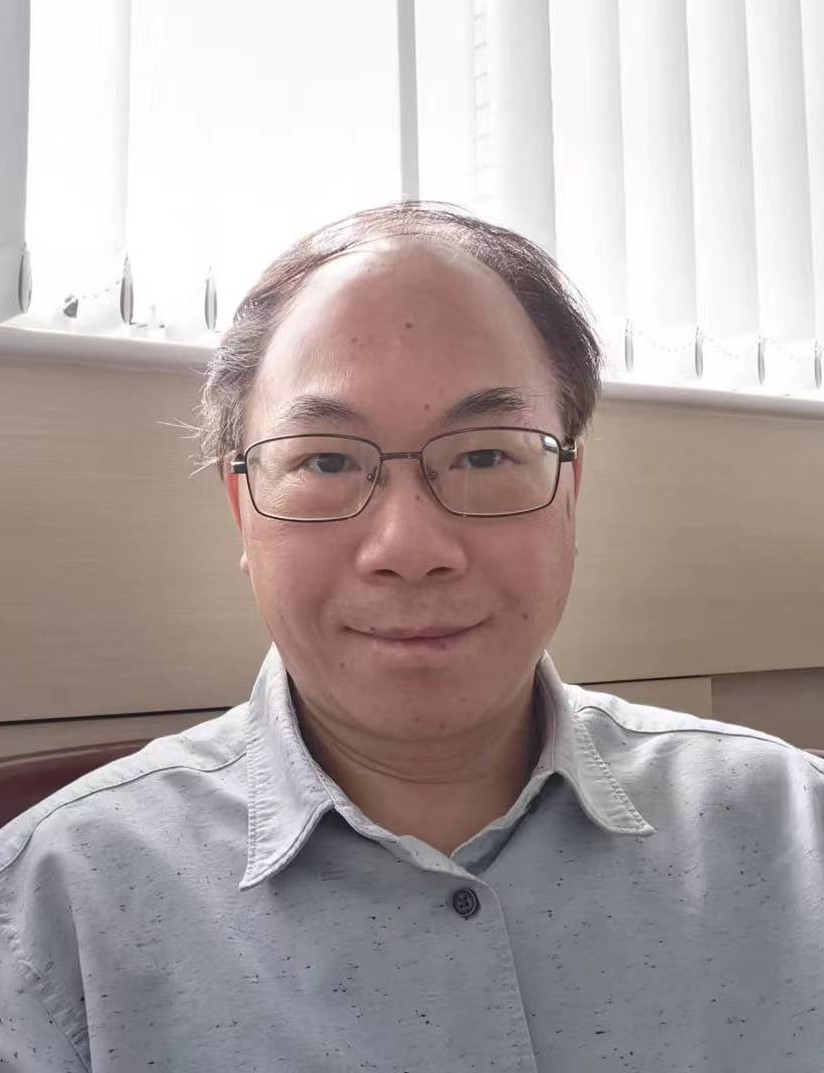

The upper limit of sound absorption

In this talk, we consider the integration of total sound energy absorbed for frequency f∈(0,∞) by a passive, compact device of a given volume. Theoretical derivation for the simple incident spectrum of f-2 and a generic device with empty cavity points to the fact that the limit of sound absorption is mainly governed by the compressibility of the fluid inside the cavity. When the result of this model is considered as a reference, traditional porous material is found to perform above the reference since the porous medium increases the effective cavity compressibility. Resonator arrays are shown to perform even better when parameters are properly tuned to deliver low effective stiffness in the crucial low frequency region. However, the success of such design is limited when more broad-based incident sound spectrum, such as f-n,n∈(1,2), is considered. Strategy for significant increase in performance is discussed.

Lixi Huang was educated at Beijing University of Aeronautics and Astronautics (BUAA) and University of Cambridge. His bachelor and master degrees from BUAA were in the field of aerospace engineering (jet propulsion), while his PhD study at Cambridge was on theoretical acoustics and respiratory biomechanics. He worked as a research associate at the Whittle Lab (of turbomachinery), then as a college research fellow at Peterhouse, both within the University of Cambridge. He taught at HK PolyU from 1996 before joining the University of Hong Kong in 2006 where he is now a professor and deputy head at the department of mechanical engineering. He serves as an associate editor for Journal of Sound and Vibration, Journal of the Acoustical Society of America, and the nature partner journal (npj) Acoustics. He is also an editorial board member for Chinese Journal of Acoustics, and a fellow of the Acoustical Society of America.